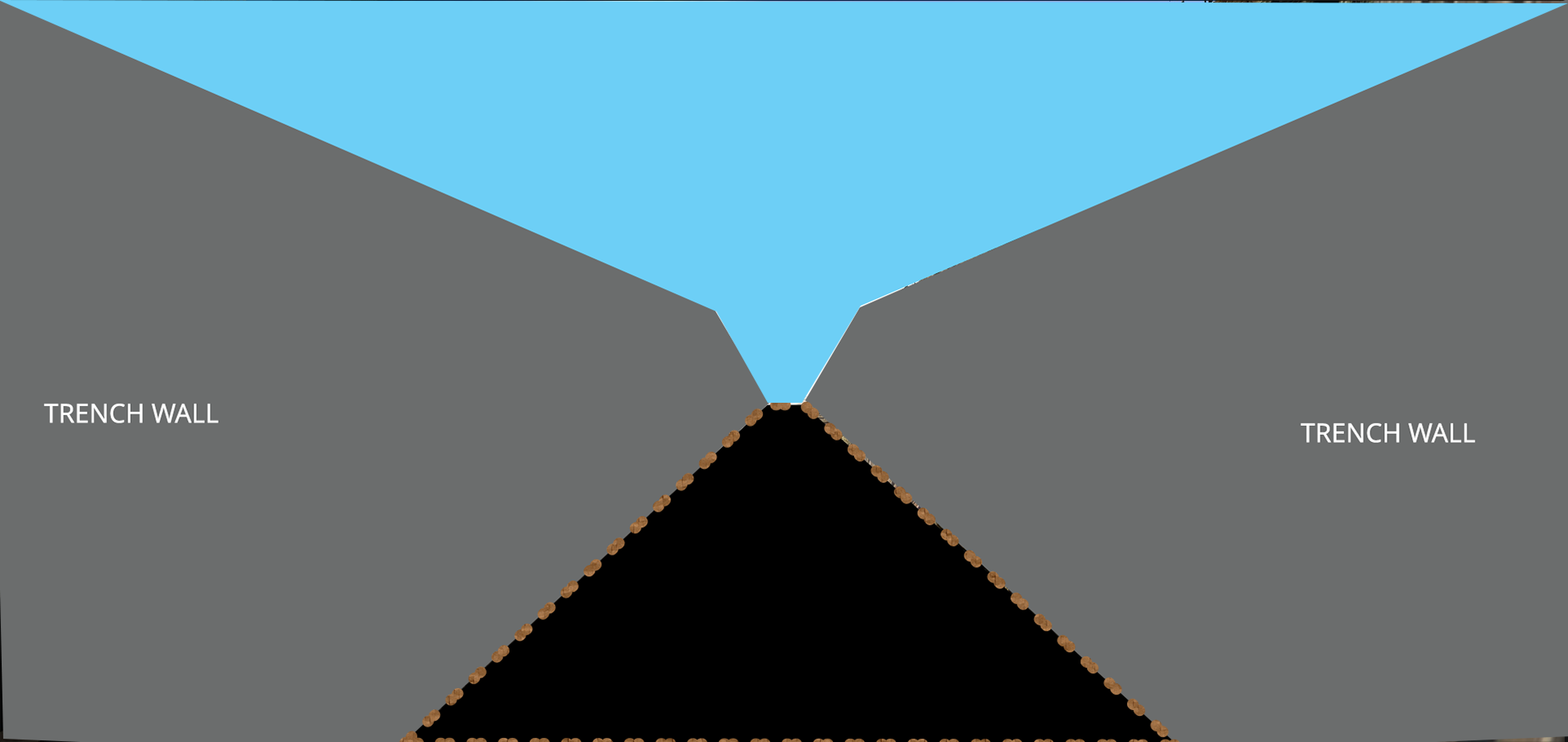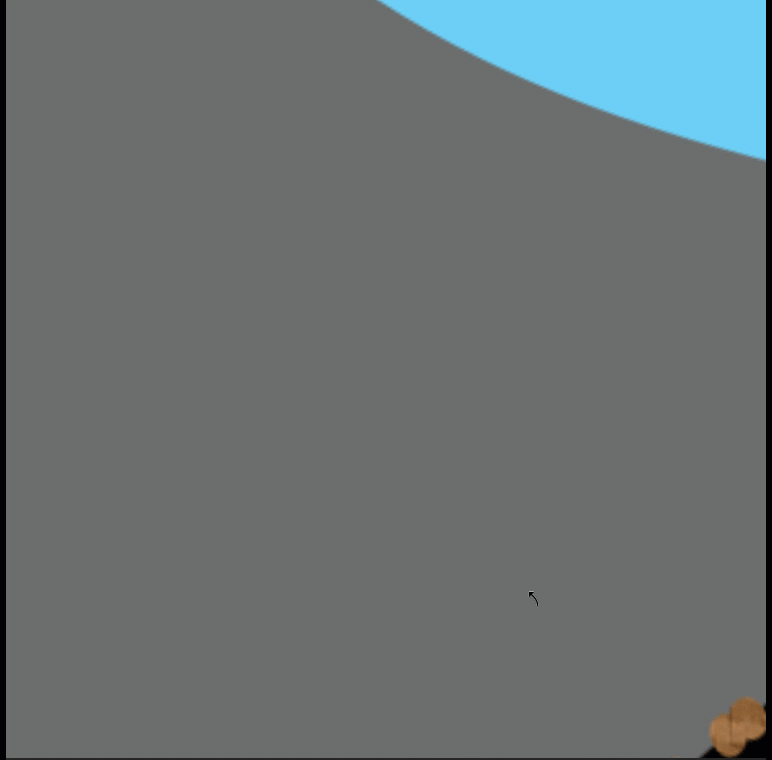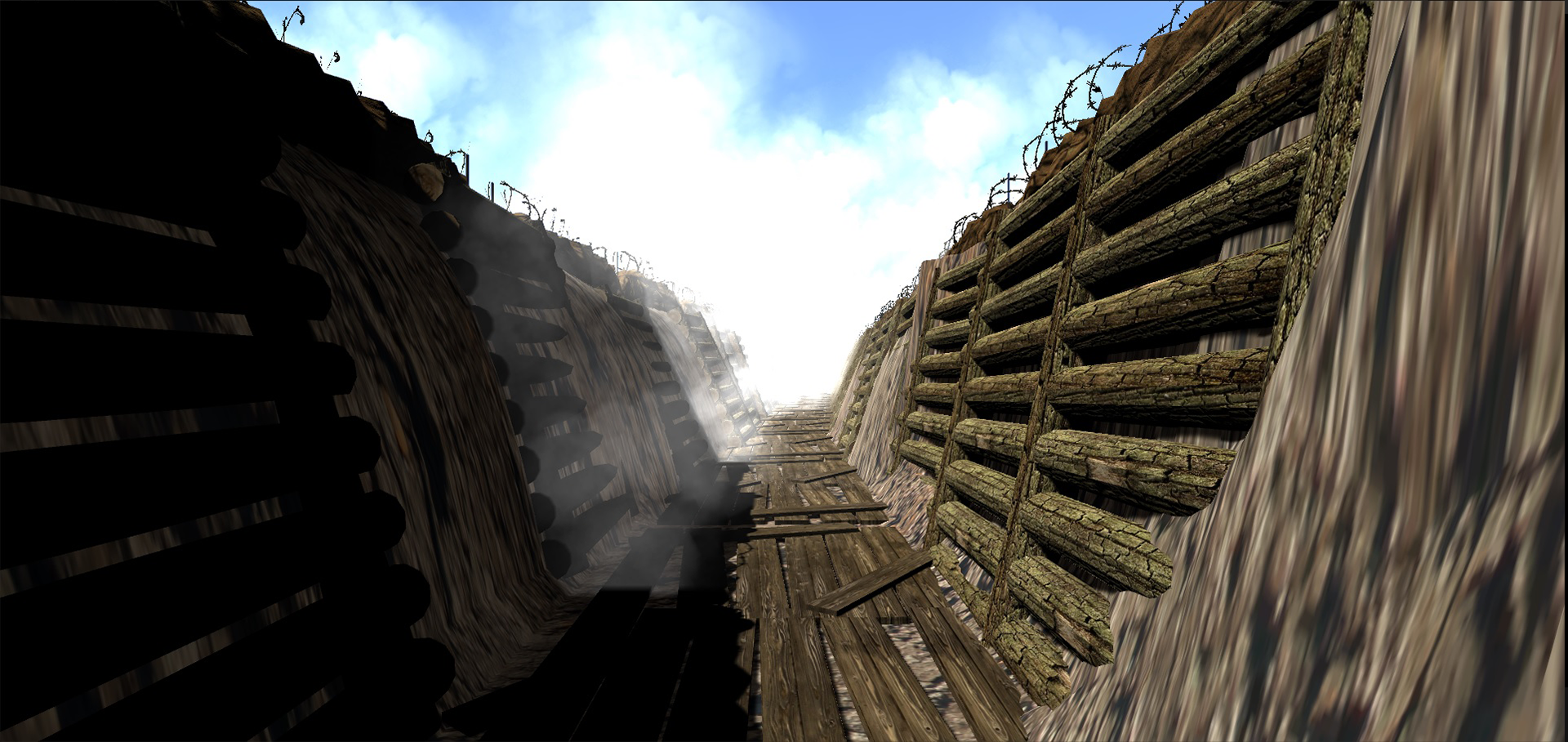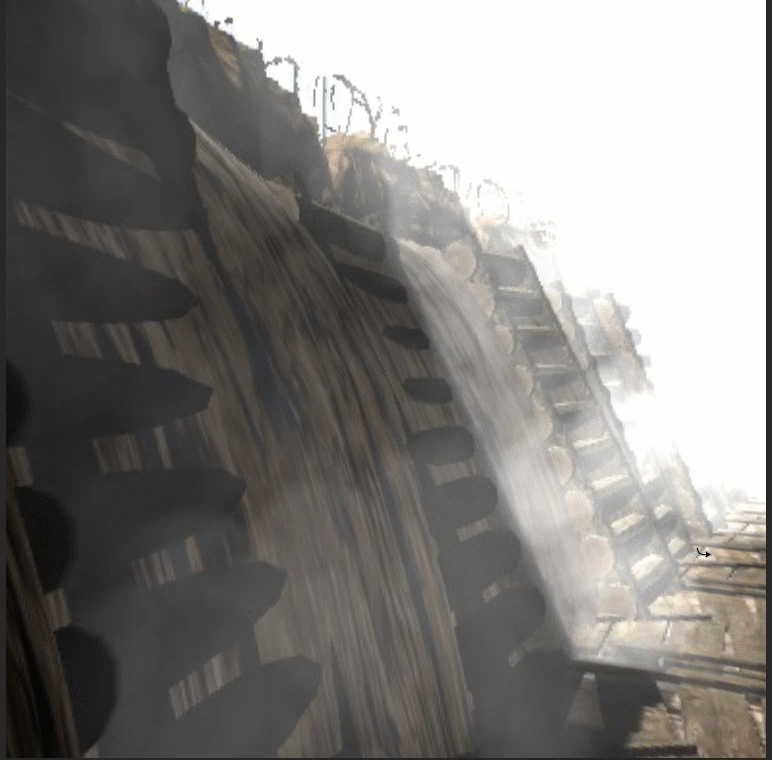Virtual reality has introduced us to the possibility of being able to step into other people’s shoes and visit places we never thought possible to experience. This project developed a VR museum exhibit that brought the past to life, allowing users to experience life in the trenches of World War One.
The role
Incorporating UX in VR
Incorporating UX in VR
This project explored the awesome potential of VR technology to provide a unique immersive experience that provided a true gateway to the past.
It aimed to encourage the study and understanding of the history of WW1 by delivering an engaging experience where users can experience the sights and sounds of 1916 trench in France.
As UX Lead I was concerned with the usability and user experience requirements for the VR programme, keenly aware that a bad VR experience can turn people off the entire technology forever.I collaborated with animators, sound designers and programmers to produce a believable, interactive and immersive experience.
the approach
Idea first
Idea first
The experience is built around a solider in the trenches during the Battle of the Somme, 1916. By pinpointing an exact date in time we were able to research the environment, clothing, artefacts and weapons to get an understanding of the WWI aesthetic.
These references contributed to the creation of an audio and visual style guide. This ensured consistency and cohesiveness amongst the team before proceeding with the actual design of the experience.









Artefacts from World World One
Power of storytelling
Crafting a good experience for users required a strong narrative that would captivate audiences. A key aim of this project was to educate and humans process stories more deeply than they process other kinds of matter, helping to remember and recall information in the future.
Storytelling was the framework used to reach users. Ensuring an effective story meant that an audience centre approach was adopted from the beginning.
Environment as an interface
Designing for VR required me to consider the entire environment around a simulated interface, and the physicality of user interaction. Typically we are comfortable focusing on object 0.5 to 10 metres in front of us. Knowledge of our direct and peripheral field of view also influenced the placement of interactive elements.
Understanding users
THE CREATION
3D prototyping
Creating a grid that could support the design content with ease was important to not only test the initial design but to also be able to communicate the desired look and feel to the developer.




Spherical panorama in Photoshop allowed for low and hi fieldity protoypes to be tested prior to Developer build in Unity
Button-free gaze interaction
We opted to use interaction via gaze, meaning the experience will detect whatever the player is looking directly act and react accordingly. This aids with immersions as users do not have to interact with a controller and allows them to be fully present in a non-physical world.
However, usability testing with participants throughout the VR development showed that users were unclear which elements were interactive. Subsequent design interactions included a golden outline around objects to indicate that they can be interacted with.
Interactive rifle. The radial progress indicator can be seen partially-filled. The golden outline and particle effects used to indicate that an object can be interacted with are also visible.
Immersion via sound
3D audio is critical for transporting the user away from everyday and immersing them in a new environment. We used a mixture of created sounds and library sounds to create the WWI trench landscape. The sounds were edited, manipulating their timbres using reverb and other effects to achieve the desired result.
The impact
The complexity of design
The shift from a screen to a virtual space is a huge jump for any user. While most of the basic heuristics of good 2D UX are still valid, the methods of applying these principles do change in the paradigm of VR experiences.
VR presents a unique platform where we needed to think beyond just the interface. Storytelling is very important to immerse the user and establish an emotional connection with the audience.
Similarly, researching the WW1 trenches and focusing on creating correct small details was key in bringing the setting to life. If they ring false, they can jar the experience for the user.
A team with a strong knowledge of psychology, architecture, sound design, lighting and physics are all key when designing and developing for the virtual world. I believe that in time the modelling of complex causation will be a huge opportunity in creating virtual experience that become ever closer to human experiences.
If you're doing exciting things and need help with anything user experience related, I'd love to talk.

